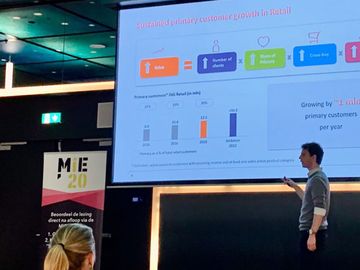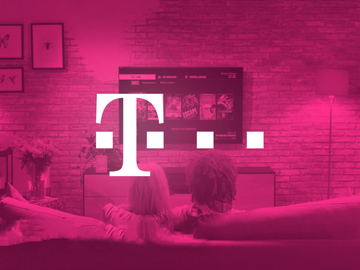
Converged thinking yet to nest itself in consumers’ minds
Research shows consumers aren’t convinced yet about the advantages of having their mobile subscription at the same provider as where they get their combined Internet, TV, and landline. Why is that? What reasons not to buy are behind this?
Converged proposition: all telecommunications services with 1 provider
We at WUA regularly conduct research on the digital customer experience (CX) of multiple sales journeys in the Dutch telecommunications industry. Which providers do consumers find when they’re freely orientating themselves on a telecom package, a SIM-only subscription, or a mobile phone with a subscription?
In the past few months, we asked our consumers of one of these three services additional questions about the converged proposition: the possibility of having 1 provider cover both the mobile phone subscription and the telecom package (Internet, TV, and/or landline telephone). Most consumers aren’t too eager yet.
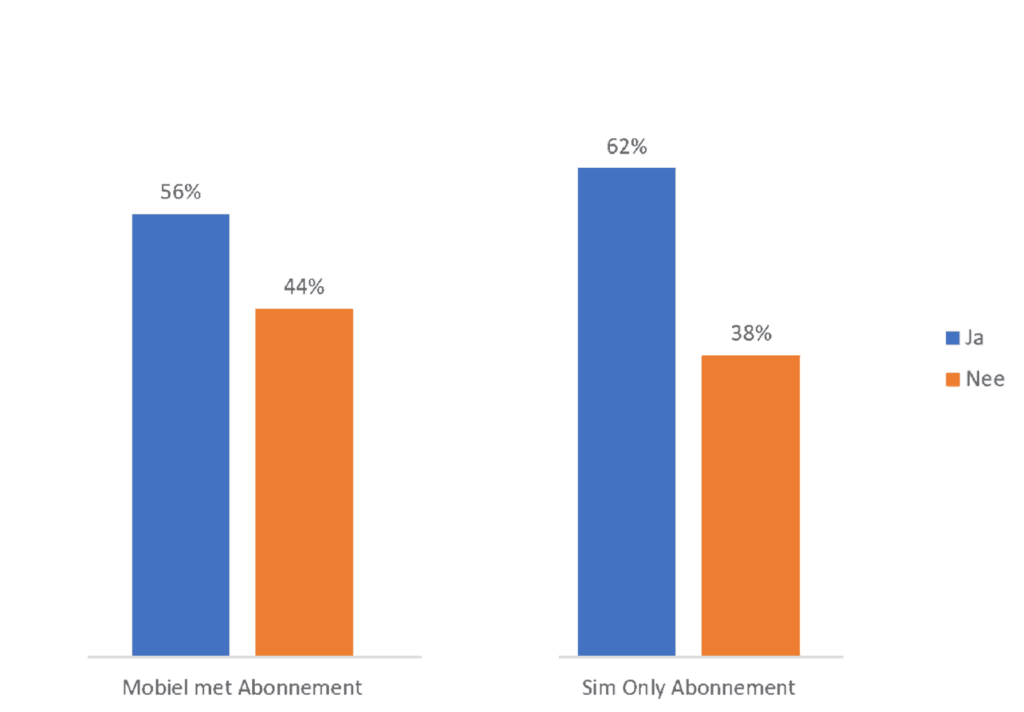
Now that you know a combination like this is possible, would you consider it?
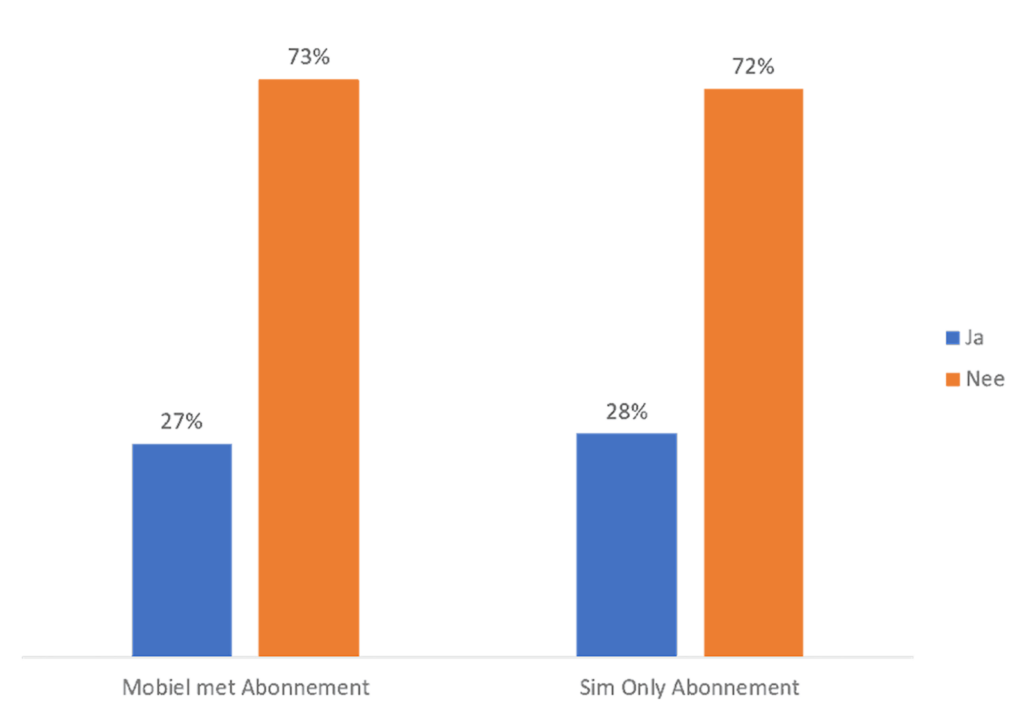
Most important barrier: fear of outage
When asked whether they’d consider having all services housed with a single provider, most consumers say they wouldn’t consider it when signing up for a mobile phone with subscription (73%) or a SIM-only subscription (72%).
Possible technical malfunction and outage at the providers is an oft-heard reason: if everything is housed with a single provider, they can’t be reached on their phones, can’t watch TV, and can’t use the Internet anymore. Direct quotes from respondents in the study:
“Due to regular outage, I want to be available through another provider”
“If there’s a malfunction, you’re not reachable at all anymore, and you can’t watch TV or use the Internet. If you divide the services between multiple providers, you won’t have that problem.”
“I don’t want to put all my eggs in one basket. If your mobile phone and Internet are provided by a different company than your landline, you’ll always have one to fall back on if there are technical or other issues with the connection from the other provider.”
Perks of converged are noticed, but aren’t persuasive enough
Many providers in the telecom market offer perks (such as additional TV channels) to persuade consumers to house all their services with one provider. Research by WUA shows this is relatively unpopular among consumers: 84% of consumers say they’re not influenced by these perks when searching for telecom services. If consumers do have to choose a perk they’d like to see when choosing a TV subscription, a majority (29%) choose the option of recording TV shows.
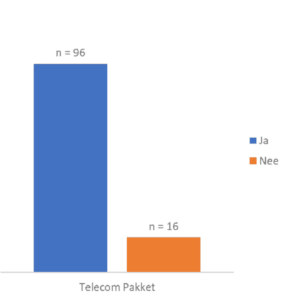
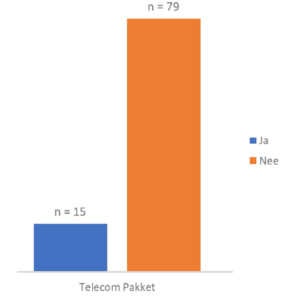
Quotes from respondents in the study:
“I just looked at the best price for the best product.” (Telecom package)
“I look at service, the offer, and the cost of a subscription. Perks and discounts are less important to me.” (Mobile phone with subscription)
“That way I’d have a package that I’d rather not have – usually much too big.” (Mobile phone with subscription)
“Because I only choose what I need. When I’m grocery shopping, I have a list with me, and I don’t diverge from what I need then either.” (Mobile phone with subscription)
Relieving worries and gaining trust
The responses of the participants in our studies show there’s much work to be done in terms of gaining trust (relieving fear) and on further stressing the benefits of converged in telecommunications – which there definitely are. Coming up with advantages with a nice proposition and discounts is one thing. Getting them into the minds and hearts of consumers, that’s another thing entirely.
